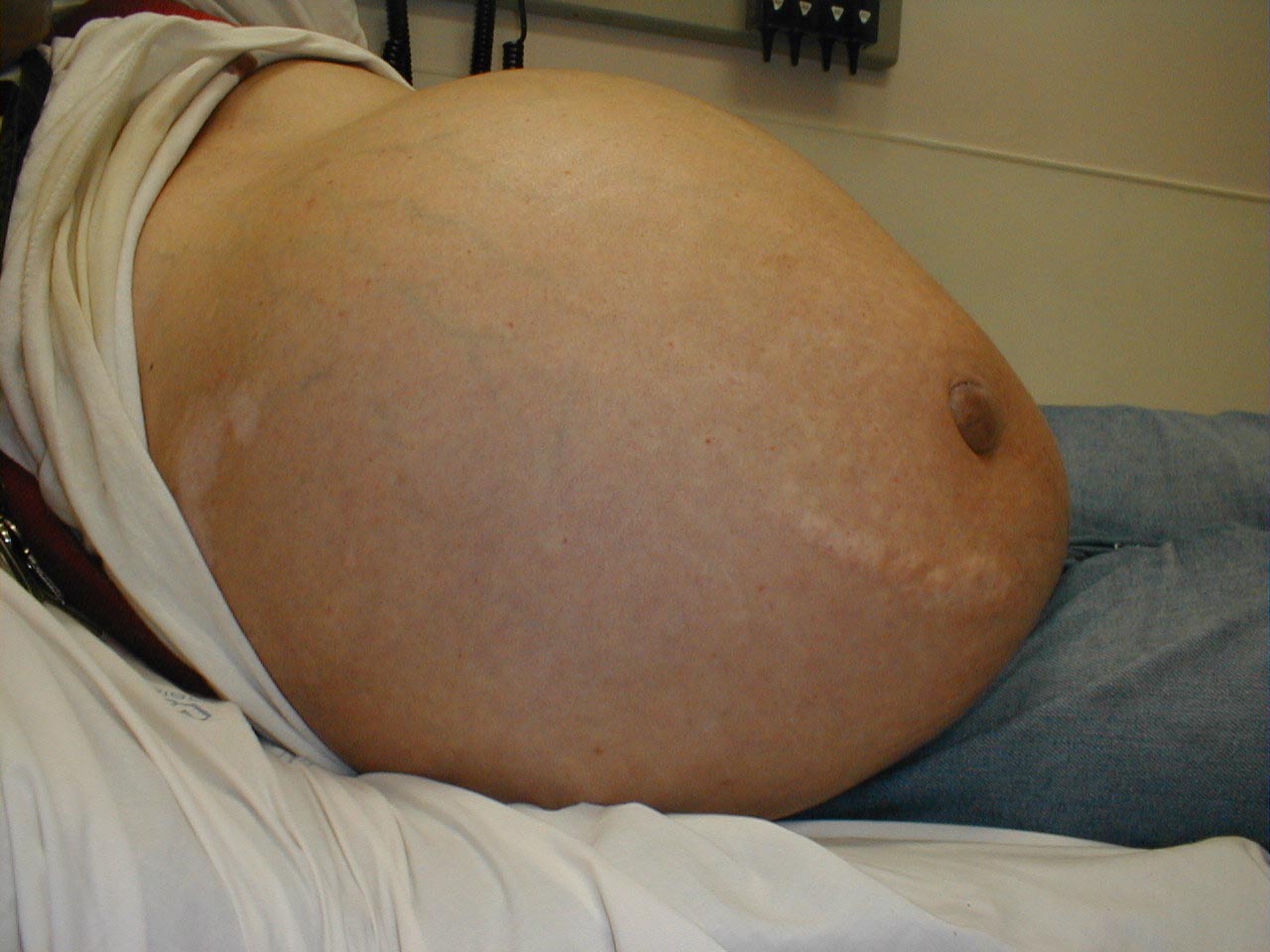Nursing Diagnosis:
1. Imbalance nutrient: less than body requirement
related inadequate diet; inability to process/digest nutrients
2. Excess fluid volume
related to fluid retention
3. Impair skin integrity
related to altered circulation/metabolic state, accumulation of bile salts in skin and poor skin turgor
4. Ineffective breathing pattern
related to (ascites), decreased lung expansion from accumulated fluid and decrease energy
5. Alter fluid and electrolyte imbalance
related to portal hypertension
Nursing Diagnosis References:
http://www1.us.elsevierhealth.com/SIMON/Ulrich/Constructor/diagnoses.cfm?disid=17
http://wps.prenhall.com/wps/media/objects/737/755395/alcoholic_cirrhosis.pdf
1. Imbalance nutrient: less than body requirement
related inadequate diet; inability to process/digest nutrients
2. Excess fluid volume
related to fluid retention
3. Impair skin integrity
related to altered circulation/metabolic state, accumulation of bile salts in skin and poor skin turgor
4. Ineffective breathing pattern
related to (ascites), decreased lung expansion from accumulated fluid and decrease energy
5. Alter fluid and electrolyte imbalance
related to portal hypertension
Actual or potential Nursing Diagnosis
|
Impair Skin Integrity
|
Related to
|
|
Plan and outcome
|
|
Nursing intervention
|
|
Nursing Diagnosis References:
http://www1.us.elsevierhealth.com/SIMON/Ulrich/Constructor/diagnoses.cfm?disid=17
http://wps.prenhall.com/wps/media/objects/737/755395/alcoholic_cirrhosis.pdf









